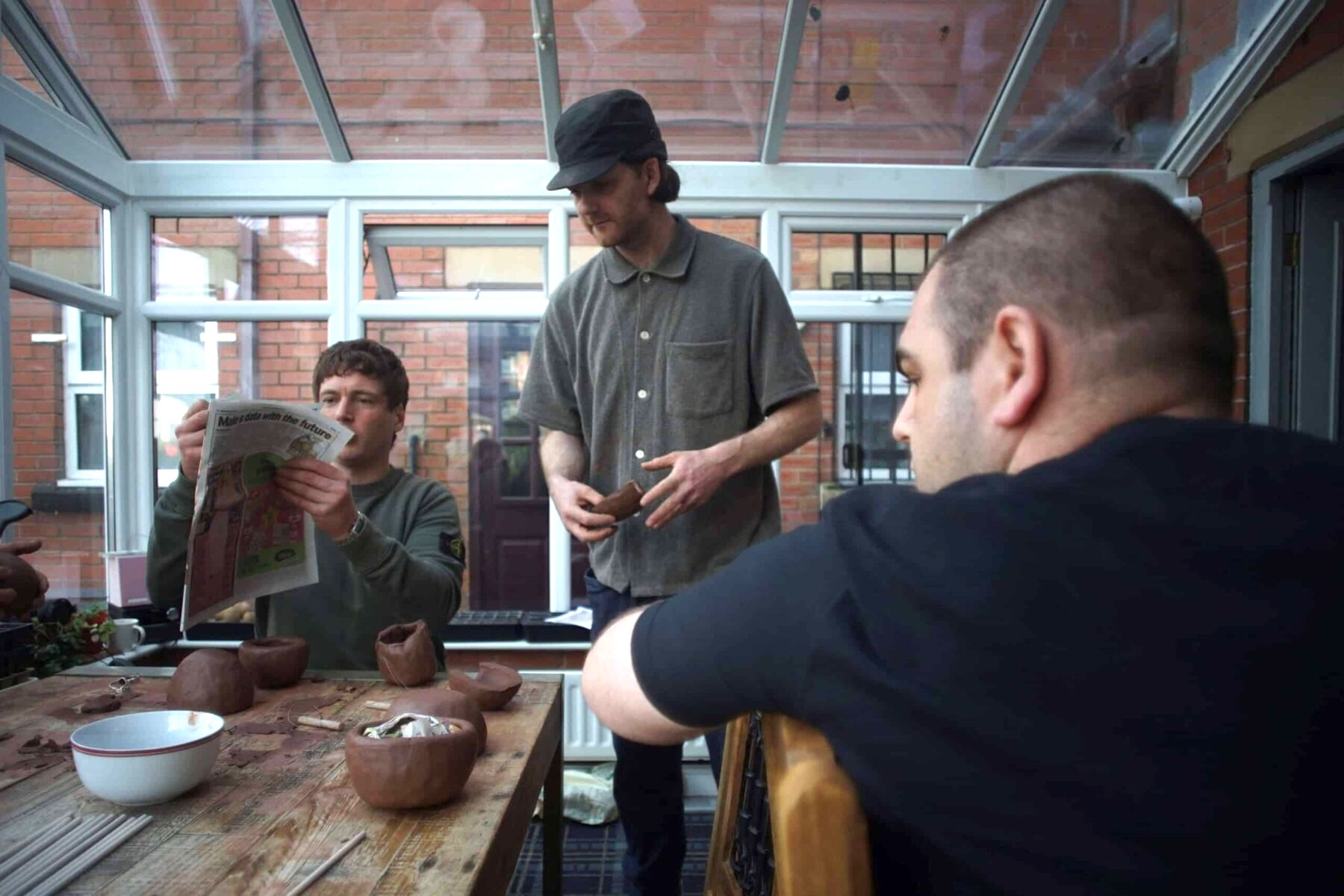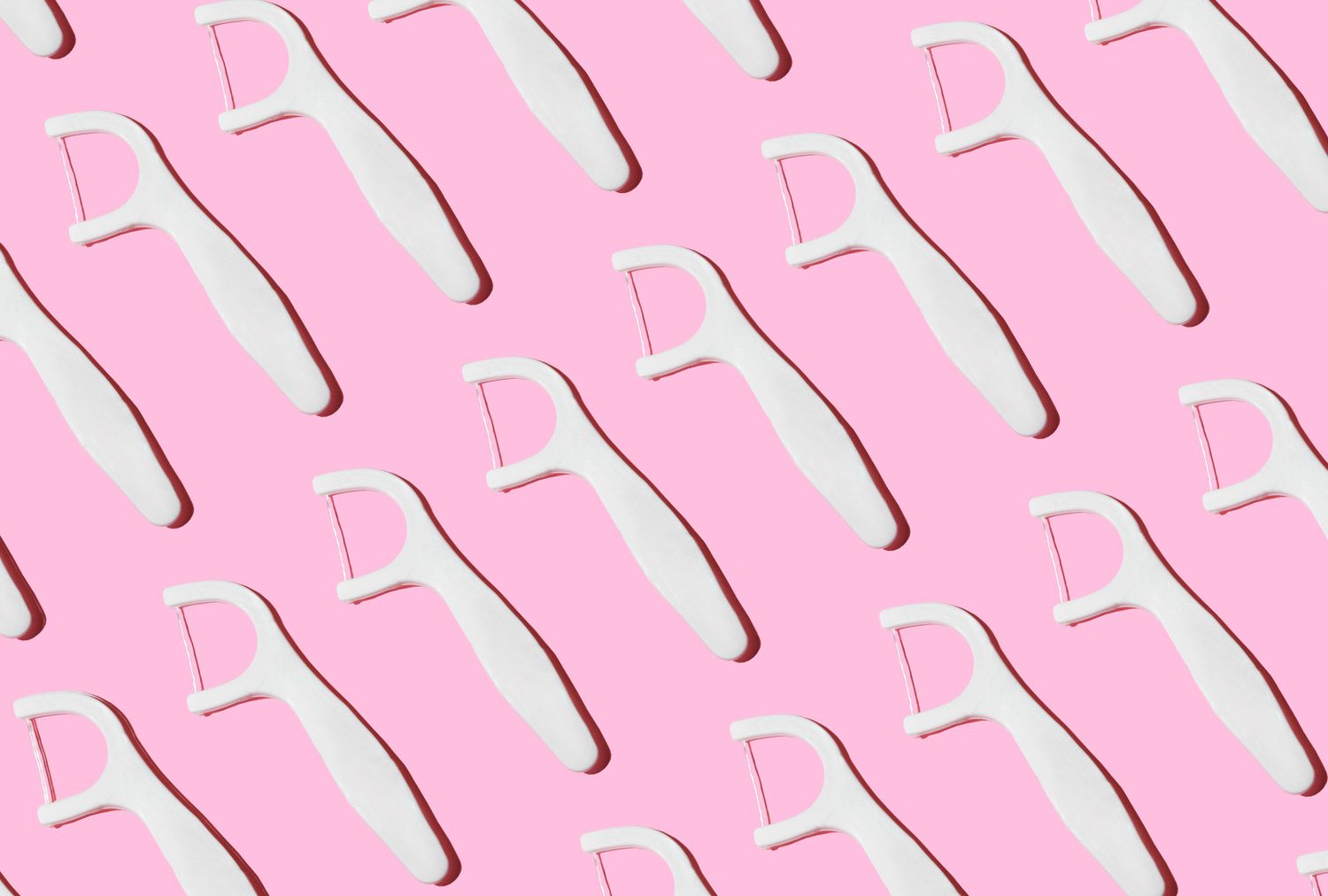Like Warren Buffett, I love buying top stocks when they’re trading cheaply. So I’ve used recent weakness in the Coca-Cola HBC (LSE:CCH) share price to boost my holdings in the FTSE 100 stock.
At £33.40 per share, the Coca-Cola bottler remains roughly 20% more expensive than it was at the start of 2025. But it’s dropped sharply from its record peaks above £41.02 hit back in May.
This was a bargain opportunity I thought was too good to pass up, and bought more at £32.87 per share. Here’s why.
Major consumer goods companies often command higher valuations than the broader market. Investors are drawn to their predictable earnings and robust cash flows, making them reliable selections over the long term.
In Coca-Cola HBC’s case, stock pickers have been willing to pay a premium for the exceptional brand power of drinks like Coke, Fanta, Sprite, and Monster Energy. The soft drinks market is largely immune to changes in the economic cycle. With globally-recognised labels like these, the FTSE company enjoys even greater demand resilience.
Furthermore, this unrivalled brand strength allows the drinks bottler to raise prices without losing much (if any) market share. This is a powerful weapon in offsetting rising cost pressures and growing profits over time.
Latest financials in August underlined these defensive qualities in action. Despite some tough conditions, organic revenues rose across all regions in the first half, improving 2.6% at group level. Its operating profit margin increased 50 basis points to 11.5%, while operating profit leapt 13.9% year on year.
It’s not just Coca-Cola HBC’s sturdiness that’s a major attraction, though. Thanks to its substantial footprint in fast-growing regions — including parts of Africa and Central and Eastern Europe — the business also has significant growth potential that investors are happy to pay for.
This is another advantage recently displayed in those half-year results. The firm’s organic revenues in emerging and developing markets rose 6.2% and 17.4% in the period. These regions now make up more than two-thirds of group revenues combined.
So given this resilience, why have the shares dropped so sharply? One reason could be that the ‘discount rate’ used to value future earnings rises when interest rates stay high. With hopes of sustained rate cuts fading, stable growth stocks like this are coming under pressure.
It’s possible that fears of how weight-loss jabs like Ozempic will impact demand have hit the shares. While a threat, my view is that the company’s large (and increasing) stable of low-sugar drinks and presence in regions where jab usage is low substantially reduces this danger.









